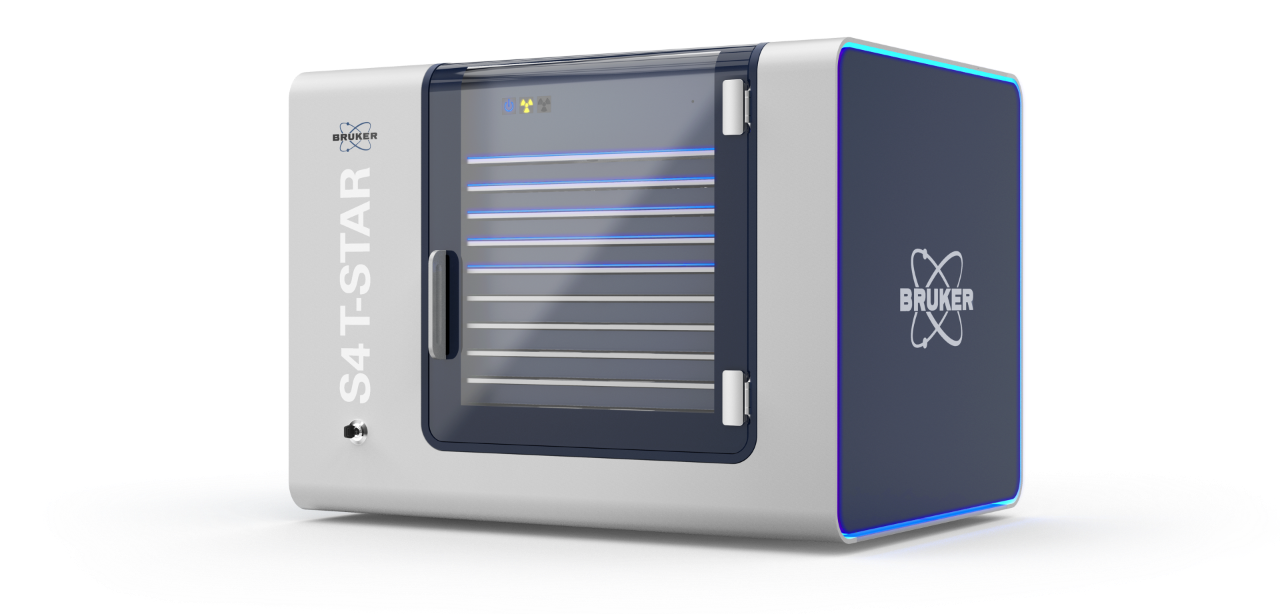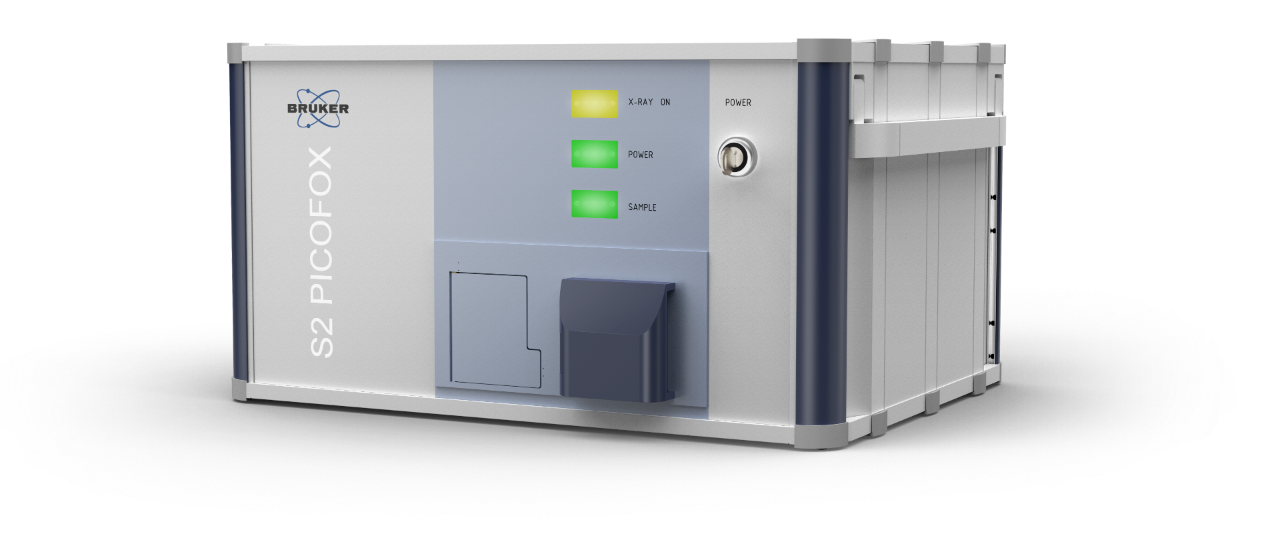How does TXRF work?
What is TXRF?
The TXRF working principle is based on the method of total reflection X-ray fluorescence analysis. An aircooled X-ray tube generates an X-ray beam, which is reduced to a narrow energy range by a multi-layer monochromator. The fine beam impinges on a polished sample carrier at a very small angle and is totally reflected.
What is the difference between TXRF and conventional XRF?
Like conventional energy dispersive XRF techniques, excitation by the X-ray beam causes elements in the sample to emit light at their characteristic energies which enables elemental identification. The magnitude of the elements’ energy signals helps determine their concentration in a sample. However, TXRF’s ability to illuminate a sample with a totally reflected beam reduces absorption and scattering in the sample matrix. The resulting benefits include significantly enhanced fluorescence yield, largely reduced background noise, and consequently much higher sensitivities to elements that occur only in trace amounts. Another benefit of TXRF over conventional XRF is its ability to measure a very small amount of sample, in the low microliter or microgram range.
What Samples can be Analyzed with TXRF and how are they Prepared?
TXRF analyzes liquids, powders and suspensions which are prepared on the polished sample carrier as a thin film for quantitative analysis or as a micro-fragment for qualitative analysis. For liquids, a few microliters of homogenous sample with an internal standard are pipetted on the sample carrier, dried by heat or vacuum, and loaded into the spectrometer. Solids like plant tissue and soil samples are first dried, ground, suspended in detergent solution, diluted, and homogenized before pipetting onto the carrier. Powders, sediments, or other solids can be digested in a mild acid solution or converted into a suspension before pipetting onto the carrier. Alternatively, microparticles of dry samples can be dabbed onto the carrier with grease for semi-quantitative analysis.
What are the Advantages of TXRF?
Trace and small sample analysis
Compared to conventional XRF, TXRF has the ability to measure trace levels of elements in the ppb range. In terms of absolute masses the detection limits are in the picogram range, which is even better than any commercial ICP system.
Rapid analysis
Compared to atomic spectroscopy which is traditionally used for trace and small sample elemental analysis, TXRF sample preparation is fast, easy, and does not require a laboratory exhaust hood for use of dangerous chemicals. It measures all elements simultaneously including halogenides, and it has much lower analytical operation and maintenance costs.
How often is calibration required?
The TXRF system comes factory-calibrated and ready to use. Day-to-day quantification of unknown samples therefore only requires the addition of an internal standard element, such as gallium.
Does TXRF Need a Vacuum Pump or Cooling Fluids?
No! A TXRF spectrometer does not need a vacuum pump. Due to the short distance to the sample carrier, the fluorescence yield is very high and the absorption by air is very low. This makes a TXRF spectrometer very compact and in-field analysis possible. Moreover, a TXRF spectrometer does not require cooling fluids, gas or any other medium. It is a plug-and-play system without any need for media or a sophisticated lab infrastructure.
Which International Standards Exist for TXRF?
- ISO TS 18507: Use of Total Reflection X-ray Fluorescence spectroscopy in biological and environmental analysis.
- ISO 20289: Total Reflection X-ray Fluorescence analysis of water.
Developing TXRF Standards for Elemental Analysis
TXRF is an excellent technique for rapid and accurate elemental analysis with an extremely high sensitivity that can detect elements at ppb levels.
In order to promote these benefits and the use of TXRF as a standard analysis technique the European Network for Chemical Elemental Analysis by Total Reflection X-Ray Fluorescence, in short ENFORCE-TXRF, are working on standard development within TXRF.
You can find out more about this and their work through this video and their YouTube channel.

